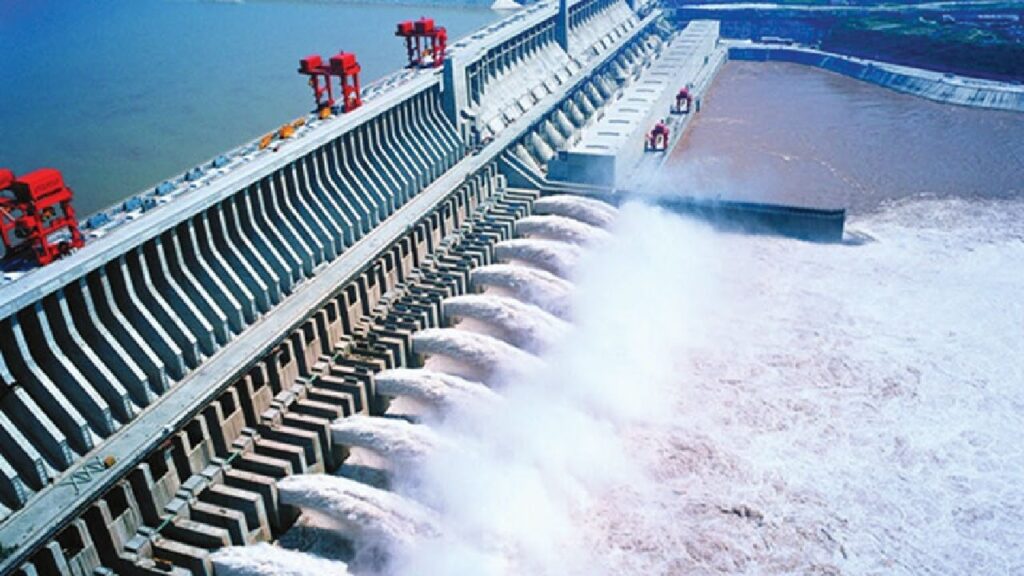
Clean power: China launches off world’s largest hydropower project
- It is a strategic peak oil response _Avuru
Sopuruchi Onwuka
China says it has finally activated a massive dam that would host turbines for generating 300 billion KWh/year of hydropower; consolidating pointers that the world’s largest oil importer is mantaining a focus on becoming independent from the petroleum market.
The mammoth hydropower dam in the east of the Tibetan Plateau comes with an estimated project cost of $170 billion, dwarfing other major global investments in clean energy.
The dam will consist of five cascade hydropower stations straddling a 50-kilometer stretch of the Yarlung Zangbo River, where the river plunges nearly 2,000 meters — a geographic feature that gives this location immense hydropower potential.
Upon completion, the complex is expected to generate an astonishing 300 billion kilowatt-hours of electricity annually, more than doubling China’s installed hydropower capacity in Tibet and contributing significantly to Beijing’s carbon neutrality targets. The project’s timeline stretches into the 2030s, rivaling the Three Gorges Dam in ambition and scope.
China says the dam is a strategic infrastructure project designed to stimulate employment, industrial demand, and regional economic development in Tibet, a region long regarded by Beijing as politically sensitive.
While Chinese officials have promised “ecological conservation” environmental groups view the project as threat to the Tibetan Plateau known for its vast stores of freshwater locked in glaciers and rivers that sustain billions of people downstream.
There also concerns that the construction could worsen seasonal flooding, water shortages, and climate-related disruptions in India’s Arunachal Pradesh and Assam states, and Bangladesh’s Ganges Delta.
Pundits argue that the colossal hydropower projects underscores China’s dual ambitions of securing energy independence and solidifying geopolitical leverage over one of Asia’s most important rivers.
It is argued that the project is part of China’s combined climate and industrial strategy despite criticisms over environmental impact on the Tibetan Yarlung Zangbo river and daughter Brahmaputra River which serves needs in India and Bangladesh.
A recent report by the International Energy Agency (IEA) holds that China leads global clean energy investments in 2025, staking more cash than the collective investment from the European Union, and positioning the Asia’s largest economy in the forefront of the global movement for energy transition.
Nigerian petroleum industry pundit and Chairman of AA Holdings, Mr Austin Avuru, had told The Oracle exclusively that China’s investments in clean energy is not in solidarity with energy transition sentiments but a logical path in response the pre-existing forecasts for peak oil.
He stated that the ‘peak oil’ hypothesis entails a call for a global policy design that would activate early development of alternative energy sources for the prevailing finite fossil energy. He said what China is quietly doing is what other right thinking governments of the world ought to be doing to collectively shape the global energy future.


